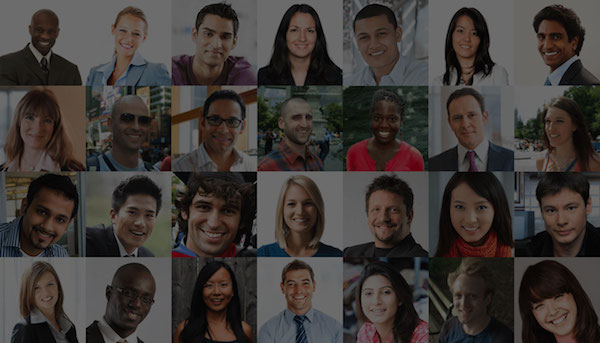
So you’re a music professional. You have the standard social media apps (i.e. Facebook, Instagram, YouTube, and Twitter). You may be rocking these sites and already have 50 zillion followers. Now, what does your LinkedIn profile look like?
For many musicians, LinkedIn doesn’t seem like a site to bother with. They assume it’s mostly utilized by people with corporate jobs. It’s not really the scene they’re after. This misconception is why many musicians are missing out on amazingly beneficial connections.
So why should you use LinkedIn to promote your music?
Contacts, Contacts, Contacts
LinkedIn is only for professionals. Many people use it to get jobs or connect with those in their fields of industry. This is what you should be doing too. A LinkedIn profile has tons of benefits, the biggest being increasing your contact list. LinkedIn being a purely professional site means that when you send a contact request, it will probably be accepted. No one gets on their LinkedIn account to look at the newest cat video. There are a lot of music industry professionals on LinkedIn and if you’re planning to build a profitable music career, you’ll need them. Think studio managers or booking agents.
Other people worth sending requests to:
- Music Bloggers
- Music Journalists
- Booking Agents
- Promoters
Music Industry Groups
The groups on LinkedIn are a vital part of what makes it a true social media site. While there is a myriad of music-related groups, try to stick with the ones focused on the music industry. Once you’ve requested to join and have been approved, be active. Ask and answer questions, start conversations, and make your name a common sight for the big fish who read the group content.
A few LinkedIn groups to join:
- Music Biz
- Music Industry Forum
- Music and Marketing
Look Like a Professional
The beauty of a Linkedin profile is that it can be designed to look extremely professional. To attract connections from the music industry, you need to appear like a business professional yourself. When designing your profile, use a headshot or a face shot at a minimum. Avoid using a band logo or live performance shot, as these aren’t considered quite as business savvy.
List your actual experience instead of what your music is about or where your inspiration comes from. These are more useful on a Facebook or Instagram page to attract fans. Have you ever been featured on a blog? List it. You want other professionals to see you when they do a search, so if your profile looks more professional than someone else’s, it may give you a leg up. Finally, stick keywords into your profile that relate to your musical niche.
Questions to ask yourself when designing your profile:
- What is your niche?
- Who do you most want to see your profile?
- What can you offer other professionals?
Keep Your Connections
Once you’ve established industry connections, it’s important to manage and maintain them. Fortunately, LinkedIn doesn’t drop connections with a lost phone number or change of email address. Ideally, once you’ve made a connection, these people will begin to recognize you from the groups you’ve joined. Until this happens, you need to keep working up the connections you actually know. LinkedIn has a lovely recommendation feature, which allows others to recommend you in one of your listed skills. Hit as many of these connections up as you can and ask for a recommendation. It will add to your credibility. Also, send a small thank you message when someone accepts your request. This isn’t done often and will make an impression.
LinkedIn is a worthwhile site to expand your connections and improve your professional status. Researching the best way to fill in your profile and how to work the groups to your advantage can also help with increasing promotion. DropTrack is another great way to promote your music, and you can try it free.